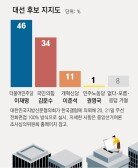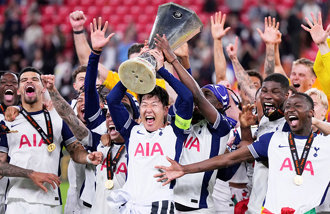The Battle to Find a Hidden Gem
The Battle to Find a Hidden Gem
Posted July. 28, 2004 22:28,
Staying full-time in the U.S., constantly flying back and forth, utilizing foreign coaches
With the institution of the first contractual system for foreign free-agent players, Koreas 10 professional basketball clubs are launching a volley of recruitment strategies reminiscent of a full-out spy war.
Mobis Automons Coach Yoo Jae-hak, whose wife and children live in Los Angeles, uses the full-time residential approach. He has set up camp in Los Angeles while researching the stats of various players, and even flies to Europe and the Philippines to meet directly with prospective players.
Coach Kim Jin of the Dongyang Orions, who is famed for his sharp eye when it comes to spotting talent, shuttles back and forth between the U.S. and Korea. He has already been to NBA summer camps in Los Angeles and Utah on four separate occasions. Most coaches prefer this method, since American sports management companies, like The Sports, constantly contact Korean basketball clubs and invite them to training camps designed as tryout sessions for new players. The problem with this particular strategy is the high expense: it costs about 30 million won for a three-person staff composed of a coach, a secretary general, and an interpreter to sojourn for two weeks in the States.
TG Xers coach Jeon Chang-jin enlists the help of Coach Jay Humphries, who built his career in the U.S. Drawing on Humphries connections and know-how, Jeon is able to reach the right places at the right time. Secretary General of the Xers Kim Ji-woo remarks, Its far more advantageous to go through Coach Humphries when explaining Korean basketball to foreign players, rather than trying to do it ourselves.
No team has signed an actual contract with a foreign free agent yet. With the official term beginning on September 1, last-minute negotiations are fiercely under way. All teams are reluctant to reveal any information about the players theyre in contact with, for fear that a rival team might snatch them away or start a bidding war.
Now that the free agent system has replaced the old method of gathering all available players in one venue for a general tryout, expenses have virtually doubled, laments the various KBL clubs. Last year, the cost of signing a foreign player, salary included, was 2~3 billion won, whereas this year, the projected figure comes to 4~5 billion. This amounts to 10 percent of the entire season budget for a single club.
Won-Hong Lee bluesky@donga.com




![“천천히 달려도, 빨리 걸어도 질병 예방 효과는 비슷”[베스트 닥터의 베스트 건강법]](https://dimg.donga.com/c/138/175/90/1/wps/NEWS/IMAGE/2025/05/24/131670894.5.jpg)
![[사설]‘국민 통합’ 이룬다며 ‘사회갈등 압축판’ 보여준 후보 TV토론](https://dimg.donga.com/c/138/175/90/1/wps/NEWS/IMAGE/2025/05/23/131673253.1.jpg)

